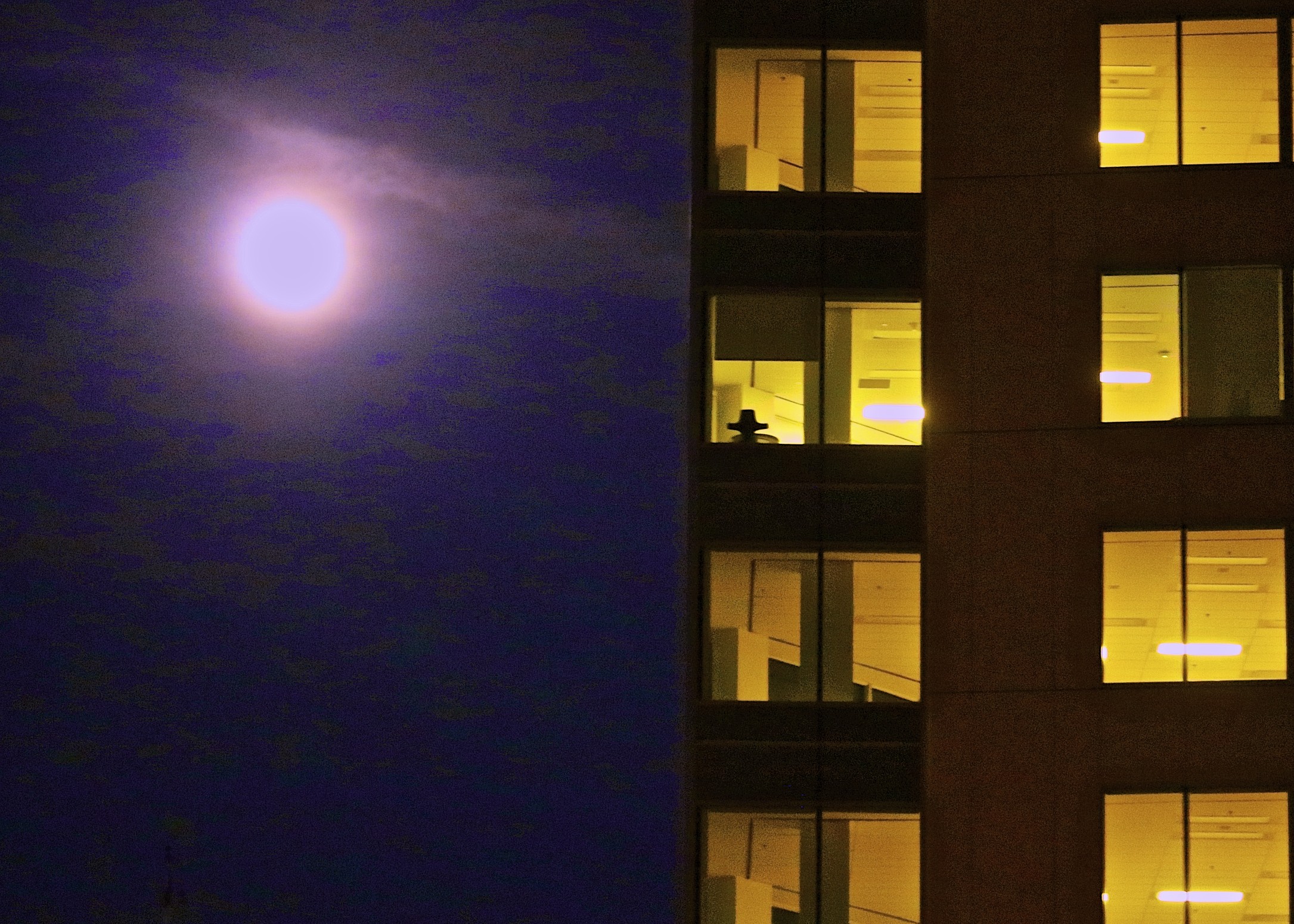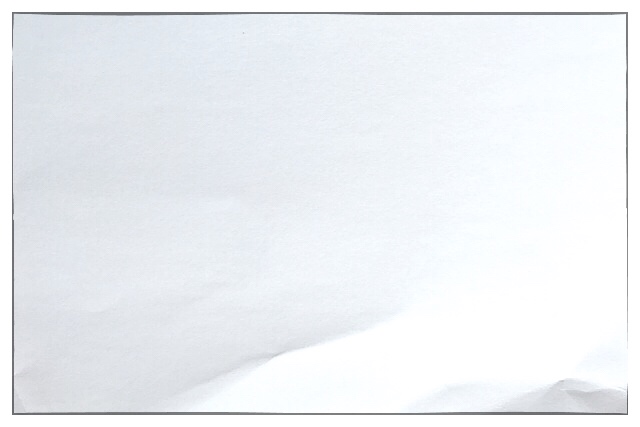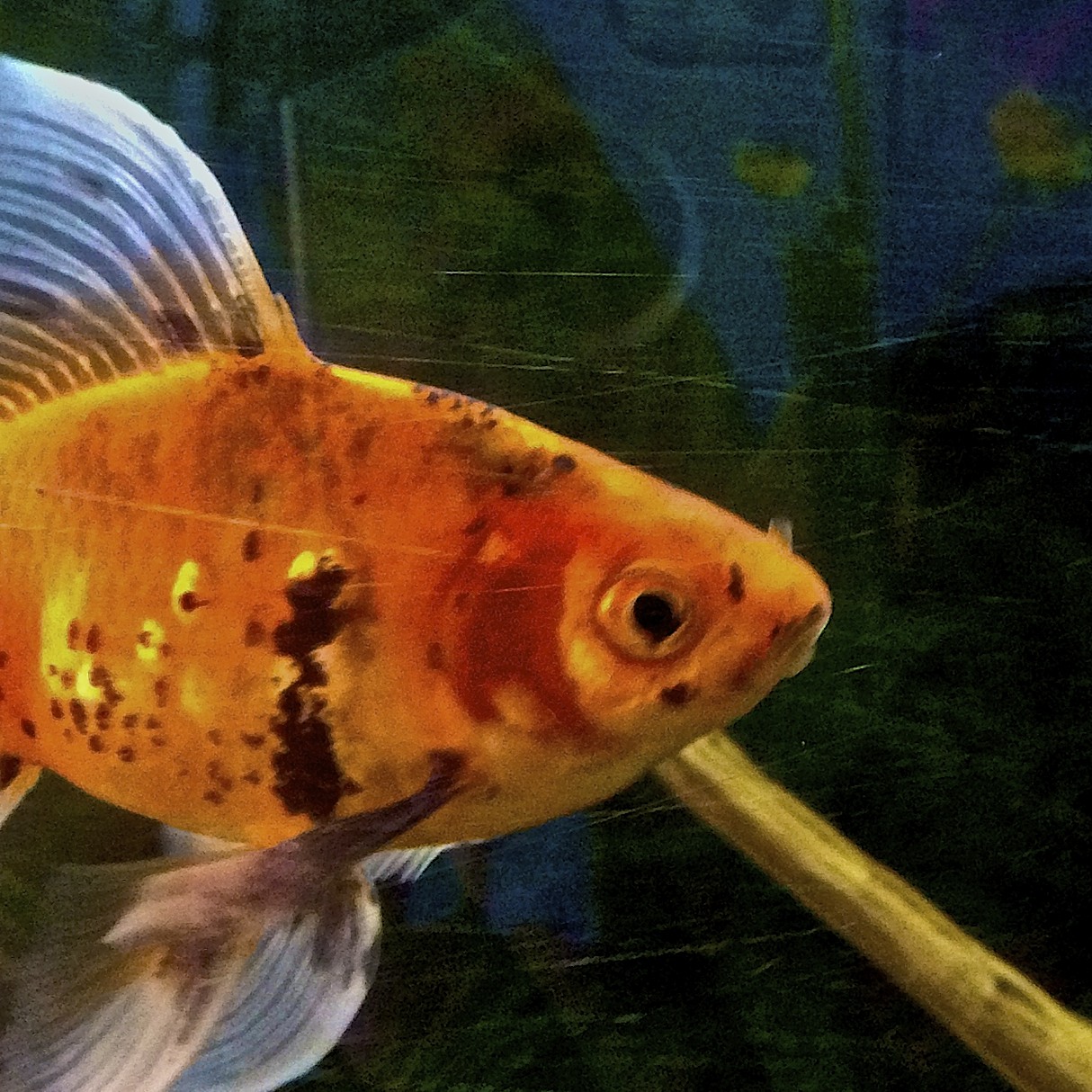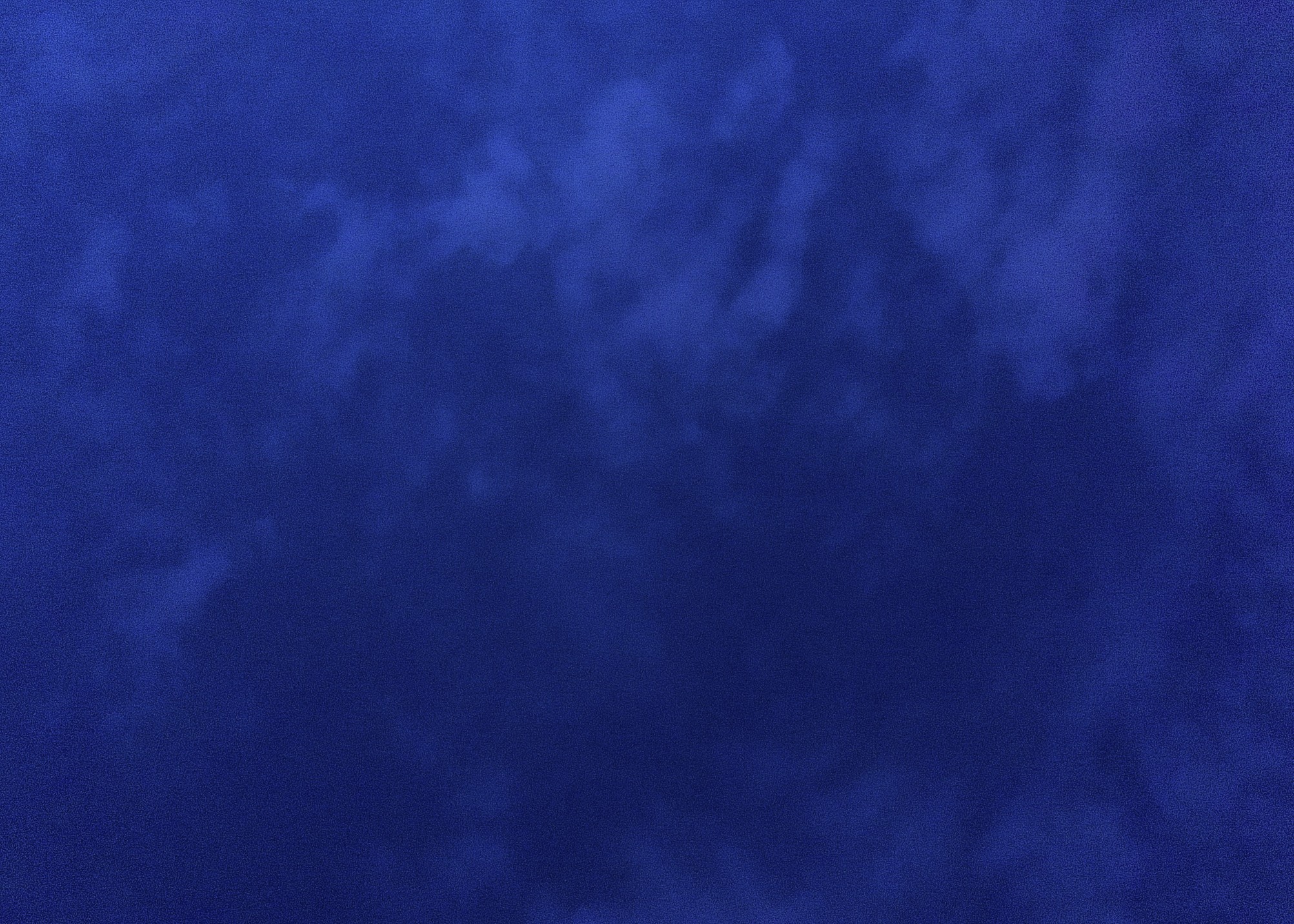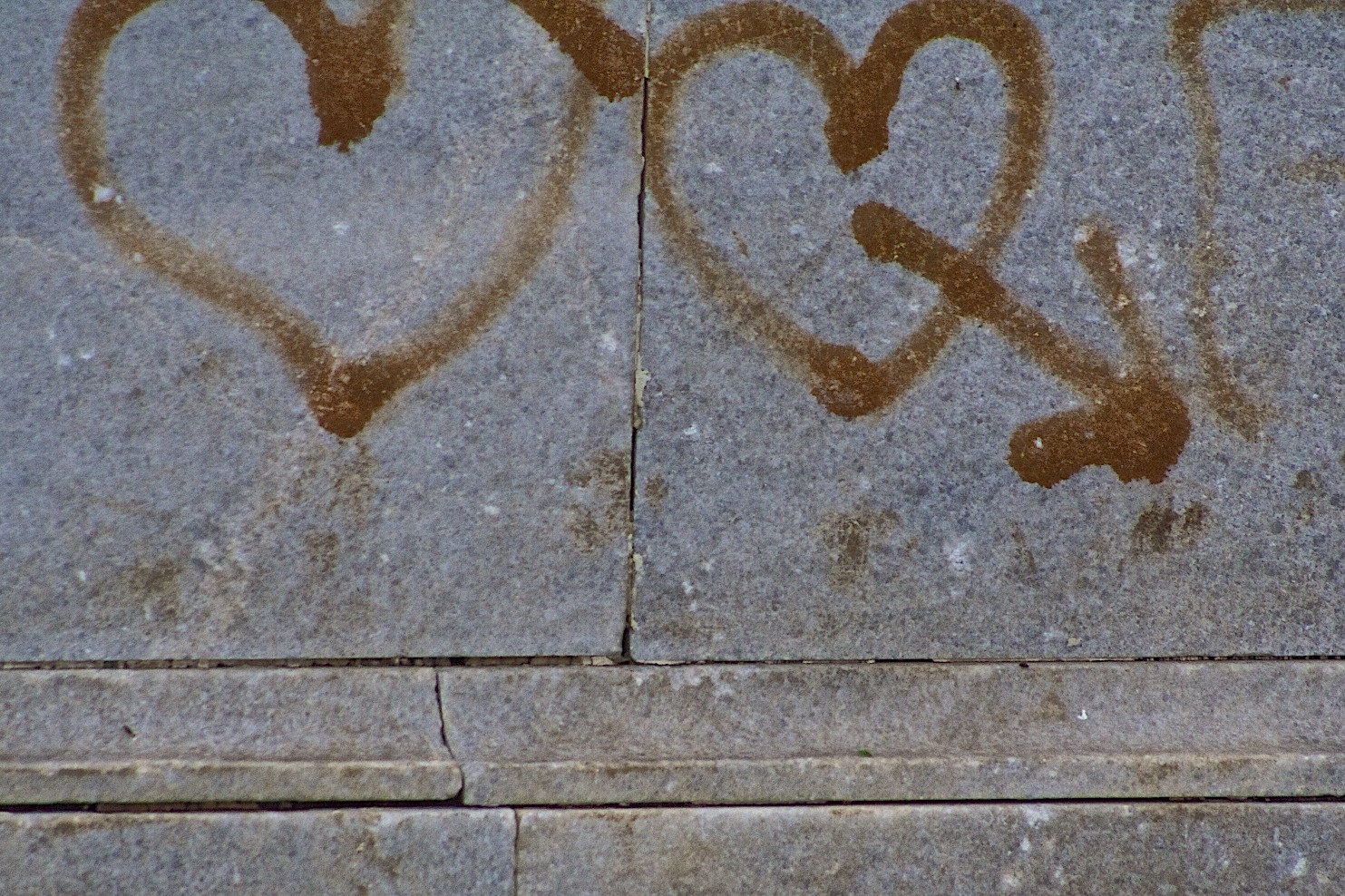
It’s one of those songs that rushes through my head in times of strife, or disappointment, or when my wholly humble heart can hold no more.
Recorded in the ‘70s by Elvis Costello & The Attractions, the song title immediately rings out when the absurdity of this crazy cruel planet becomes so obvious.
“What’s so funny ‘bout peace, love and understanding.”
We have to question society, and ourselves, as we hear about the senseless tragedies occurring each and every day. Sunday’s vicious massacre is immediately top of mind; but there was Paris last fall, 9/11’s long tall shadow, and in between too many wars, school shootings, workplace massacres, and street-level attacks demonstrating how violent this world has become. And how hatred continues to spread like the disease it is.
We watch, we listen, and we grieve.
We wonder why, or how, or when it will happen again. We know it will. Sadly. Surely. In spite of all we talk about and listen to, regardless of the over-analyzed theories and reasoning, from all angles, we know it will happen again. History can, and will, dictate the future.
I hate to question if peace, love, and understanding is even possible, but I can only come up with one answer; and I have to believe it is YES. It is not an immediate YES, and sadly it’s not a resounding YES, but it is a YES one we ALL must strive for.
We must.
We all need to, individually and collectively, try more, and try harder, to understand those around us and those on the other side of the world. People are different everywhere, and differences should be celebrated, not shot down in the street or a nightclub.
There are too many questions about what is going on, and to say the solutions are peace, love, and understanding, is far too simplistic. But they are real. What else have we got? These are not Pollyanna ramblings of an unknowing man, I have seen too much to fall into that category (and I, truly, may be closer to a pessimist that an optimist). I am a realist, a humanist, a pacifist, and I’m tired of reading about hate crimes.
I’m tired of politicians and potential leaders making statements that cater more to the jealous, or uninformed, or misinformed, or imbalanced.
I’m tired of people sucking it up, and I’m tired of those who believe their right to bear arms eclipses the rights of those who only want to walk through their own lives safely.
I’m tired of bloodshed.
I’m tired of the posturing, and the lack of will, or effort, and courage to face the issues. There will be talk, and debate, over gun control, but it will fall off. It always does. But these heinous acts will continue. It will happen again.
It has become so obvious how much we need peace, love, and understanding. Right now.
If peace is to counter war, and love contrary to hate, then the opposite of understanding is ignorance, and there is far too much of that going around. Ignorance is not limited by faith, or gender, or culture or country, and it carries such destructive forces.
I can’t propose immediate solutions – I can’t even come close – but I can ask that we all think a little more, and talk a little more; about peace; about love; and about understanding.
It is, or should be, the three things we are capable of, and it is, right now, what we seem to lack most of all. But if we all took a step forward towards understanding, we might begin to see how this world could look, instead of how it is looking now.
© 2016 j.g. lewis
“(What’s So Funny ‘Bout) Peace Love And Understanding”
As I walk on through this wicked world,
Searching for light in the darkness of insanity,
I ask myself, Is all hope lost?
Is there only pain, and hatred, and misery?
And each time I feel like this inside,
There’s one thing I wanna know,
What’s so funny ’bout peace, love, and understanding?,
What’s so funny ’bout peace, love, and understanding?
And as I walked on through troubled times,
My spirit gets so downhearted sometimes,
So where are the strong?,
And who are the trusted?,
And where is the harmony?,
Sweet harmony
‘Cause each time I feel it slipping away, just makes me wanna cry,
What’s so funny ’bout peace, love, and understanding?,
What’s so funny ’bout peace, love, and understanding?
© 1974 Nick Lowe
